- Written By Team DWS
- Jaipur City
- June 28, 2025
The History and Heritage of Hawa Mahal: Why It’s a Must-See in Jaipur
Nestled in the heart of Rajasthan, the stunning city of Jaipur is famous for its vibrant culture, rich history, and mesmerizing architecture. Among its many treasures, Hawa Mahal, colloquially known as the "Palace of Winds," stands out as an iconic symbol of the city. Just as the poetry of Rajasthani folk songs weaves stories of valor and beauty, Hawa Mahal unfolds a narrative of royal elegance, architectural ingenuity, and cultural significance. In this blog, we’ll explore the rich history and heritage of Hawa Mahal and why it remains a must-see for anyone visiting Jaipur.
-dws638866666656898223.jpg)
A Quick Architectural Overview
Hawa Mahal, constructed in 1799 by Maharaja Sawai Jai Singh II, the founder of Jaipur, is a remarkable architectural masterpiece. Designed by the talented architect Lal Chand Ustad, the structure is an exquisite fusion of Rajput and Mughal architectural styles. Built with red and pink sandstone, the palace features a distinctive exterior highlighted by 953 small windows, called 'jharokhas,' decorated with elaborate lattice designs. The design allows cool air to flow through the palace, earning its name as the Palace of Winds.
A Symbol of the Rajputana Pride
The creation of Hawa Mahal was not purely for aesthetic purposes; it served a significant cultural and practical function. During the era of the Rajput Kings, the palace was built for the royal ladies, who were not allowed to appear in public view. The numerous windows permitted them to observe street festivities and daily life without being seen, reflecting the strict customs of the time. This design was a revolutionary step in creating spaces for women during a period when the transparency of public life was limited.
A Strategic Location
Hawa Mahal's positioning enhances its allure. Situated at the edge of the City Palace, the palace overlooks the busy streets of Jaipur. From this vantage point, one can witness a lively interaction between tradition and modernity. The vibrant markets below, filled with local artisan crafts, textiles, and spices, contrast beautifully with the serene beauty of the palace. The view from Hawa Mahal allows one to appreciate a blend of history and a bustling present, making it a unique lens through which to view Jaipur's heritage.
Cultural Significance
The cultural significance of Hawa Mahal extends beyond its architectural beauty. It stands as a testament to the artistic and intellectual endeavors of the Rajput era. The intricate designs, reflecting motifs from nature, such as flowers and leaves, exhibit the skilled craftsmanship prevalent during that time. The palace is also an essential cultural landmark, often frequented by tourists seeking to understand the rich tapestry of Rajasthani history.
Moreover, Hawa Mahal is regularly featured in folk stories and songs, symbolizing the grace and strength of Rajasthan's women. The palace has become a magnet for artists, photographers, and historians alike, all eager to capture its eternal charm and essence.
The Experience of Visiting Hawa Mahal
Visiting Hawa Mahal is an experience that transcends mere sightseeing. As you stand before this magnificent façade, you can't help but be mesmerized by the intricate jaali work and the light playing through the windows. Inside, the palace offers a gallery of stunning views and fascinating details that narrate its historical significance. The upper floors allow for spectacular views of the city, especially during sunrise and sunset, creating an enchanting atmosphere.
Tourists are often encouraged to take their time exploring the narrow corridors and small chambers, where artifacts from the royal family's life are displayed. The ambiance inside, accompanied by the whispers of history, transports visitors to a bygone era, making it an unforgettable experience.
Preservation and Modern-Day Challenges
Despite its historical significance, Hawa Mahal faces the challenges of modern tourism. As Jaipur continues to grow in popularity, managing the balance between preservation and the large influx of visitors has become increasingly crucial. Efforts by the Archaeological Survey of India (ASI) and local authorities to maintain and restore the palace are ongoing, ensuring that this cherished monument remains a part of India’s cultural heritage for generations to come.
Conclusion
Hawa Mahal stands not just as a glamorous architectural marvel but also as a symbol of the resilience of Rajputana culture. Its historical depths, stunning design, and cultural narratives enrich the legacy of Jaipur. For travelers looking to understand the essence of Rajasthan, visiting Hawa Mahal is not just about seeing a building; it is an opportunity to engage with history, appreciate art, and connect with the regal spirit that defines this enchanting state.
In your journey through Jaipur, make sure not to miss Hawa Mahal – it’s more than just a site; it’s an experience steeped in heritage, beauty, and history, waiting to whisper its stories to those who pause to listen.
-dws638866669629344620.jpg)
Hawa Mahal FAQs: Your Guide to the Palace of Winds
Certainly! Below is a collection of commonly asked questions (FAQs) regarding Hawa Mahal, also referred to as the Palace of Winds, a significant historical landmark located in Jaipur, Rajasthan, India.
1. What is Hawa Mahal?
Hawa Mahal is a historical palace stationed in Jaipur, Rajasthan, known for its unique architecture and numerous windows. Constructed in 1799 by Maharaja Sawai Pratap Singh, it was created for the royal women to view street festivals and everyday life while remaining unseen.
2. What is the architectural style of Hawa Mahal?
The architectural style of Hawa Mahal is a blend of Rajput and Islamic influences, featuring intricate latticework, pink sandstone, and a honeycomb structure with 953 small windows (jharokhas).
3. Why is it called Hawa Mahal?
The name "Hawa Mahal" means "Palace of Winds," derived from the numerous windows that allow cool breezes to flow through the palace, making it comfortable during hot weather.
4. Can visitors enter Hawa Mahal?
Yes, visitors can enter Hawa Mahal. The first two floors of the palace are accessible to tourists, while the upper floors primarily serve as a viewpoint for the surrounding area.
5. What are the visiting hours for Hawa Mahal?
The typical visiting hours for Hawa Mahal are from 9:00 AM to 5:00 PM. However, it’s advisable to check local guidelines for any changes in timings due to holidays or special events.
6. Is there an entry fee for Hawa Mahal?
Yes, there is an entry fee to visit Hawa Mahal. The fee may vary for Indian and foreign tourists, and additional charges may apply for photography. Check the latest fees prior to your visit.
7. How do I get to Hawa Mahal?
Hawa Mahal is located in the heart of Jaipur and can be easily accessed via various modes of transportation, including taxis, auto-rickshaws, and public buses. It's also within walking distance from other attractions in the city.
8. What nearby attractions should I visit?
Nearby attractions include the City Palace, Jantar Mantar, Jal Mahal, and Nahargarh Fort. These sites are part of Jaipur's rich cultural and historical landscape.
9. Is there a best time to visit Hawa Mahal?
The ideal time to explore Hawa Mahal is from October to March, when the weather is cooler and more enjoyable for sightseeing.
10. Are there any guided tours available?
Yes, there are various guided tours available that include Hawa Mahal as part of a broader exploration of Jaipur's attractions. These can be booked in advance through tour operators or online platforms.
11. Is Hawa Mahal accessible for people with disabilities?
Hawa Mahal has limited accessibility for individuals with disabilities, as some areas may involve stairs and uneven terrain. It’s best to check with the management for specific arrangements or assistance.
12. What is the significance of Hawa Mahal?
Hawa Mahal holds significant historical and architectural importance as a symbol of Rajputana heritage. It reflects the lifestyle of royal women during that era and showcases the ingenuity of traditional Indian architecture.
End
If you have more questions or need further details regarding Hawa Mahal or your visit, don’t hesitate to ask local guides or consult travel resources for the most up-to-date information!
Popular on Blogs
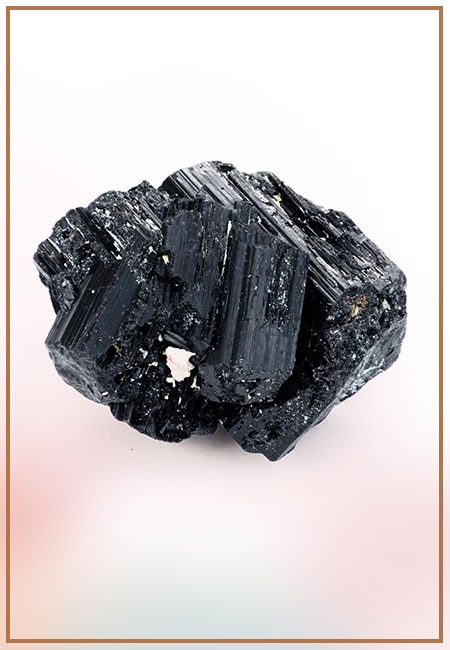
Black Tourmaline: Meaning, Healing Properties, Fascinating Facts, Powerful Attributes, Versatile Uses, and Beyond
September 05, 2023 / BY Team DWS
Black Tourmaline, also known as Schorl, is a highly revered crystal with incredible metaphysical properties. It derives its name from the Dutch word "turamali," meaning "stone with ..
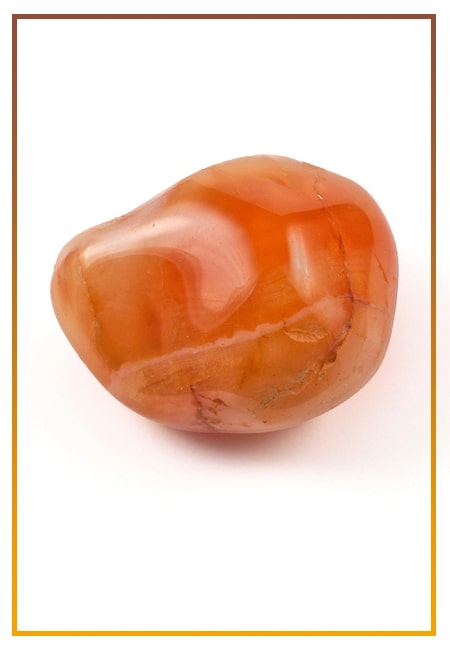
Carnelian Stone: Meaning, Healing Properties, Power, Facts, Color, Uses and More
December 26, 2023 / BY Team DWS
Carnelian is a vibrant and captivating gemstone that holds a plethora of meanings, healing properties, and powers. Its warm and fiery energy makes it a popular choice among crystal ..
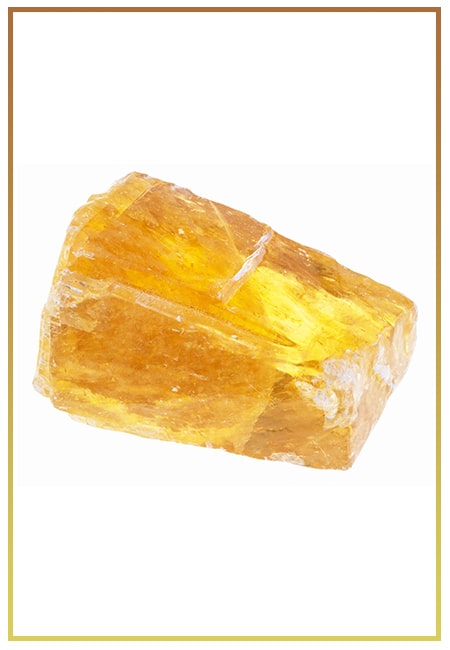
Citrine: Exploring its Meaning, Healing Properties, Fascinating Facts, Powers, Versatile Uses, and Much More
November 18, 2023 / BY Team DWS
Citrine, with its warm golden hues, has captured the attention and imagination of people for centuries. This beautiful gemstone, commonly associated with wealth and prosperity, hol ..
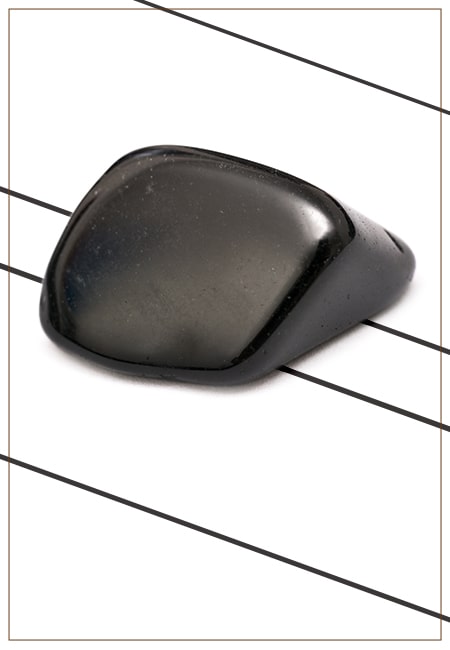
Black Onyx: Unveiling the Meaning, Healing Properties, Fascinating Facts, Powerful Attributes, Versatile Uses, and Beyond
July 25, 2023 / BY Team DWS
Black Onyx, a striking gemstone admired for its deep black hue and elegant appearance, has captivated people for centuries. In this comprehensive guide, we will delve into the mean ..
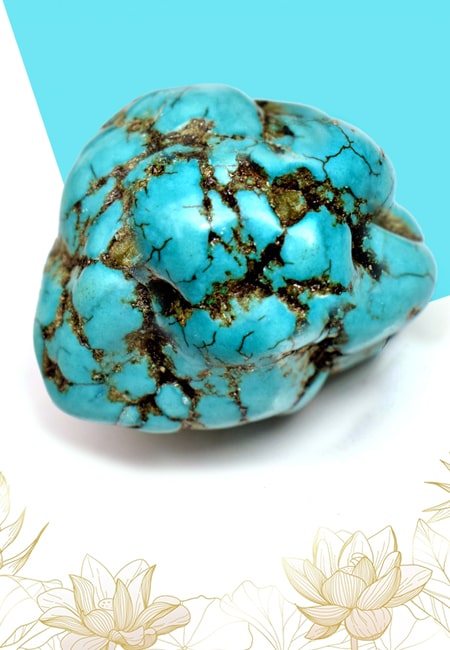
Unveiling the Mysteries of Turquoise Stone: Exploring its Meaning, Healing Properties, Power, Facts, Color, Uses, and More
December 05, 2023 / BY Team DWS
Turquoise, with its captivating blue-green hue, has been adorning jewelry and artifacts for centuries. This striking stone has a rich history, rich symbolism, and a plethora of int ..
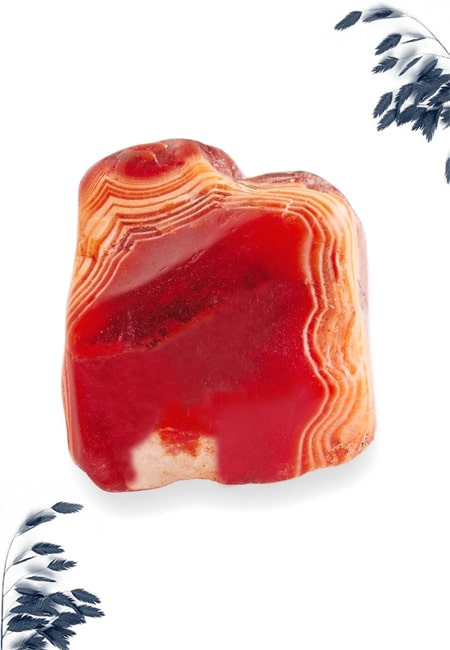
The History Behind The Popularity of Red Agate
December 23, 2022 / BY Team DWS
An Agate is a type of magma rock that takes many years till it is washed out naturally into the water. And that is the reason this stone has elements of water. This beautiful stone ..
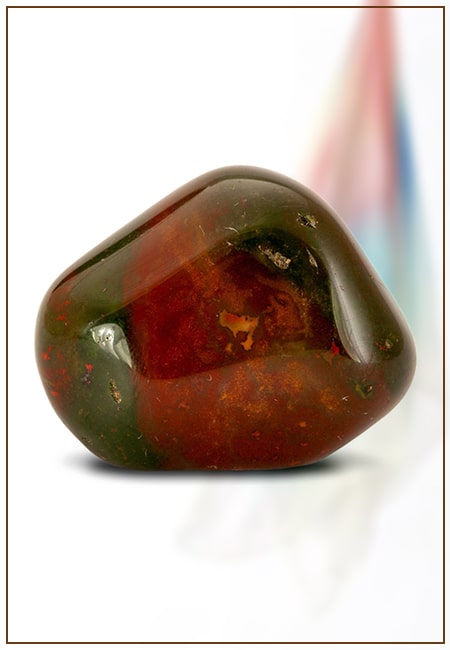
Bloodstone: Unveiling the Meaning, Healing Properties, Facts, Powers, Uses, and More
August 21, 2023 / BY Team DWS
Bloodstone, with its captivating deep green color with specks of red, is a mesmerizing gemstone that has fascinated civilizations for centuries. It possesses unique healing propert ..

Plan a Perfect Valentine's Week with Our Valentine Week List 2025
January 22, 2024 / BY Team DWS
Valentine's Day is undoubtedly the most romantic day of the year, but we believe that one day is just not enough to express your love and make your partner feel special. That's why ..


